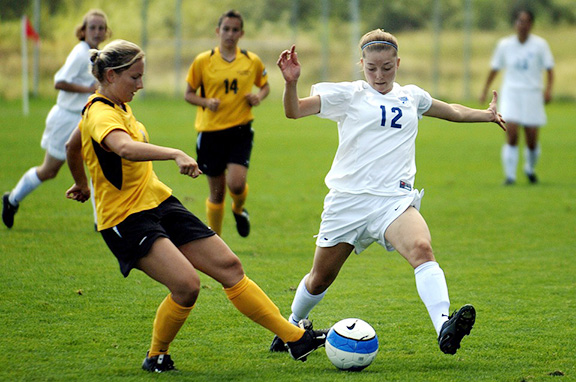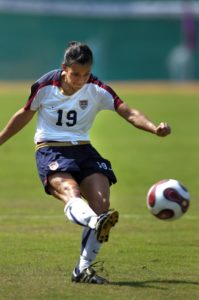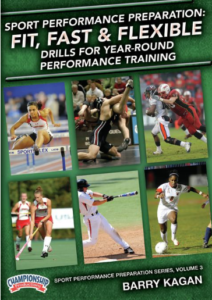This post provided by ONEighty Athletics
By Michael Cano,
I’m always looking for ways to get my athletes to ⚡️Accelerate & Change Directions⚡️ better.
How many of us have those slow, stiff, athletes that can’t bend or move well? . 🧘♂️I know I work with a ton!
We’ve been implementing these ISOMETRIC “SPEED” holds before our dynamic warm up and I love the results.
The first 2 Isometric drills, split stance ISO Holds, hammer home that 45% angle from the start position.
The ankle, knee, and hip will be on FIRE🔥 .
The 3 and 4th drills focus on strengthening the Psoas / Hip Flexors.
Trying to give our guys the image of staying VERTICAL during their top-end speed drills.
Kids are moving, bending, and showing an increased range of motion!
The YouTube video below reviews coaching cues and mistakes to keep an eye out for when conducting the following Isometric Speed Holds:
Below are the 4 drills implemented.
1. Split Stance Iso hold + Arms in Sprint Position
2. Split Stance Iso Hold + Hands on Hips
3. Standing Psoas Iso Hold
4. Standing Psoas Iso Hold + Kick Out.
The video reviews coaching cues and mistakes to keep an eye out for.
🔑 Remember DOMINATE The Details, BETTER Your BEST, and ATTACK every set and rep!
Coach Cano Win The Kids!
FYI – next week ONEighty will be releasing their brand new “GAME Speed System” – How To Develop True SPORT Speed
This program will include ALL our linear speed progressions, advanced plyometrics, and cutting edge change of direction agilities!
ONEighty Athletics GUARANTEES YOUR ATHLETES WILL RUN FASTER, JUMP HIGHER, & MOVE QUICKER!
Be sure to check your email starting Monday, August 3rd for your chance to take advantage of this program.
 During this period, we keep the demands of the sport in mind at all times. There is a reason for every lift and exercise that we implement, and we avoid adding to the existing stressors of the game by carefully monitoring each athlete.
During this period, we keep the demands of the sport in mind at all times. There is a reason for every lift and exercise that we implement, and we avoid adding to the existing stressors of the game by carefully monitoring each athlete. Another piece of our spring programming is fatigue training. “Getting comfortable being uncomfortable” is a motto for us, and the players must be able to maintain correct technique in everything they do while in a fatigued state. There might be some days when they do not feel 100%, and that is when they have to push through. We want them to understand what it feels like to be tired but know they can perform one more run, one more set, or one final sprint.
Another piece of our spring programming is fatigue training. “Getting comfortable being uncomfortable” is a motto for us, and the players must be able to maintain correct technique in everything they do while in a fatigued state. There might be some days when they do not feel 100%, and that is when they have to push through. We want them to understand what it feels like to be tired but know they can perform one more run, one more set, or one final sprint.